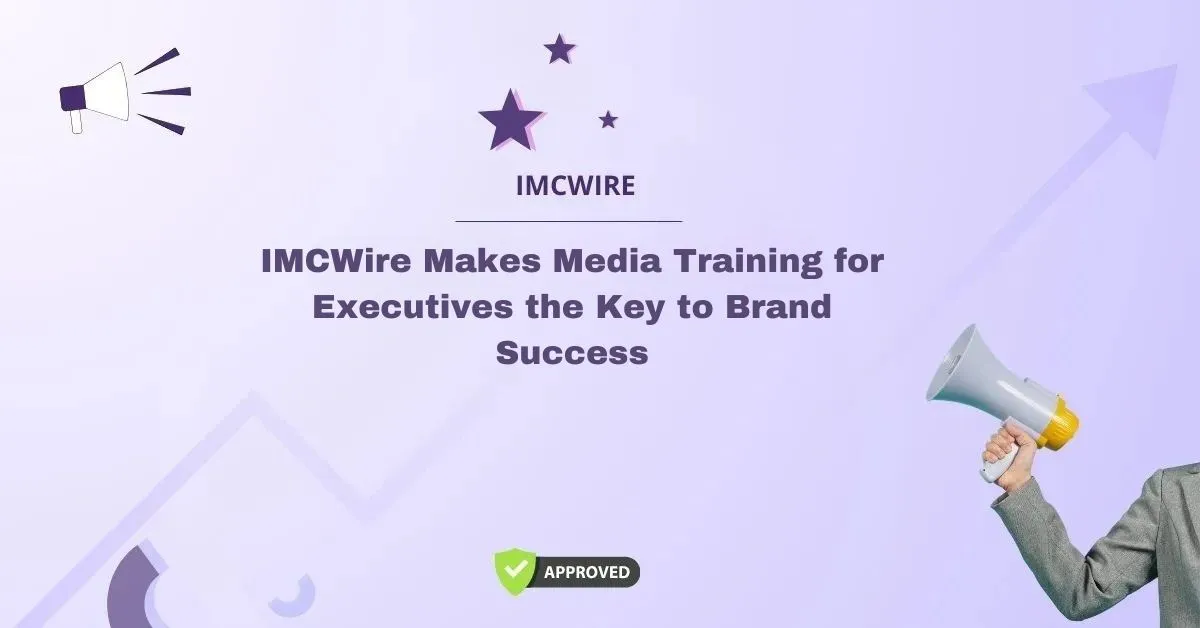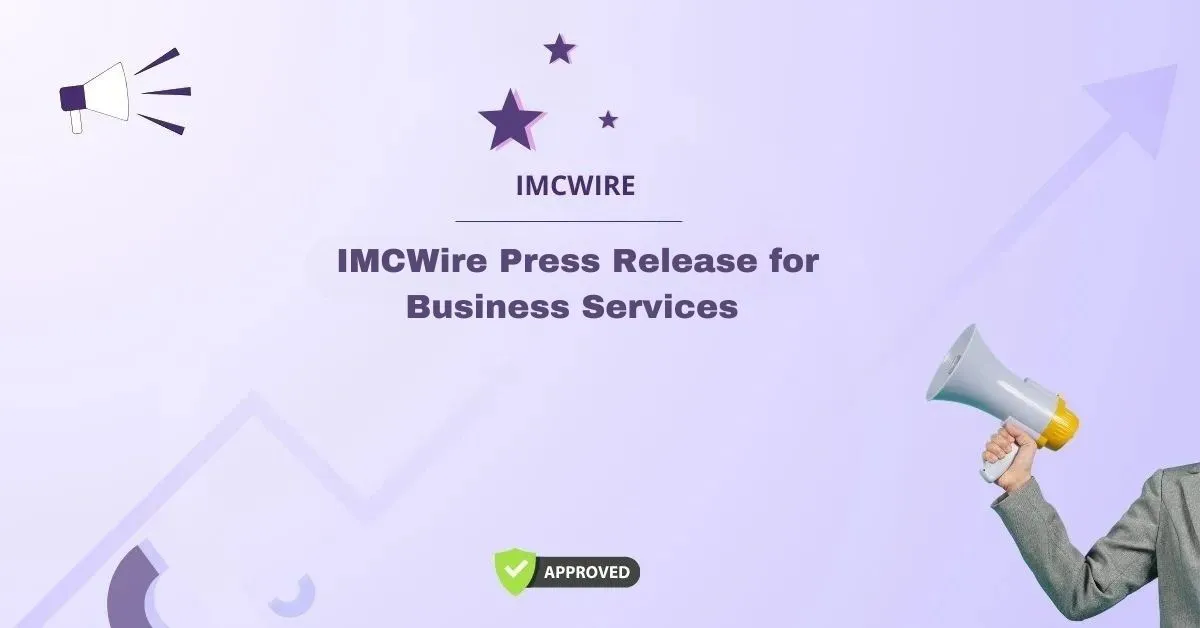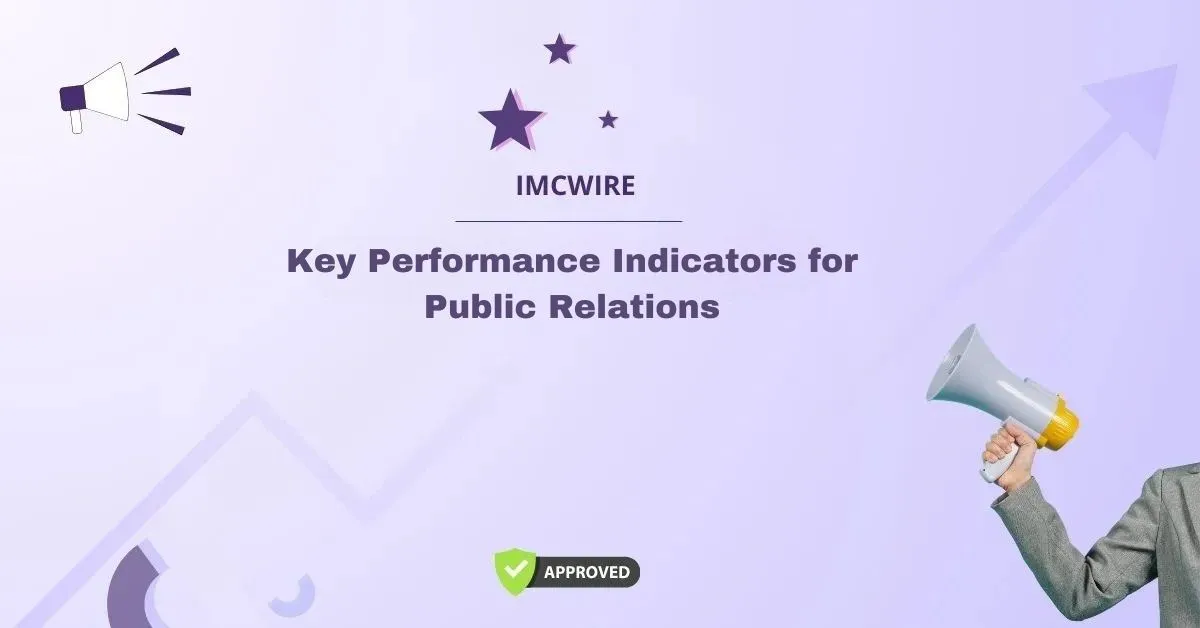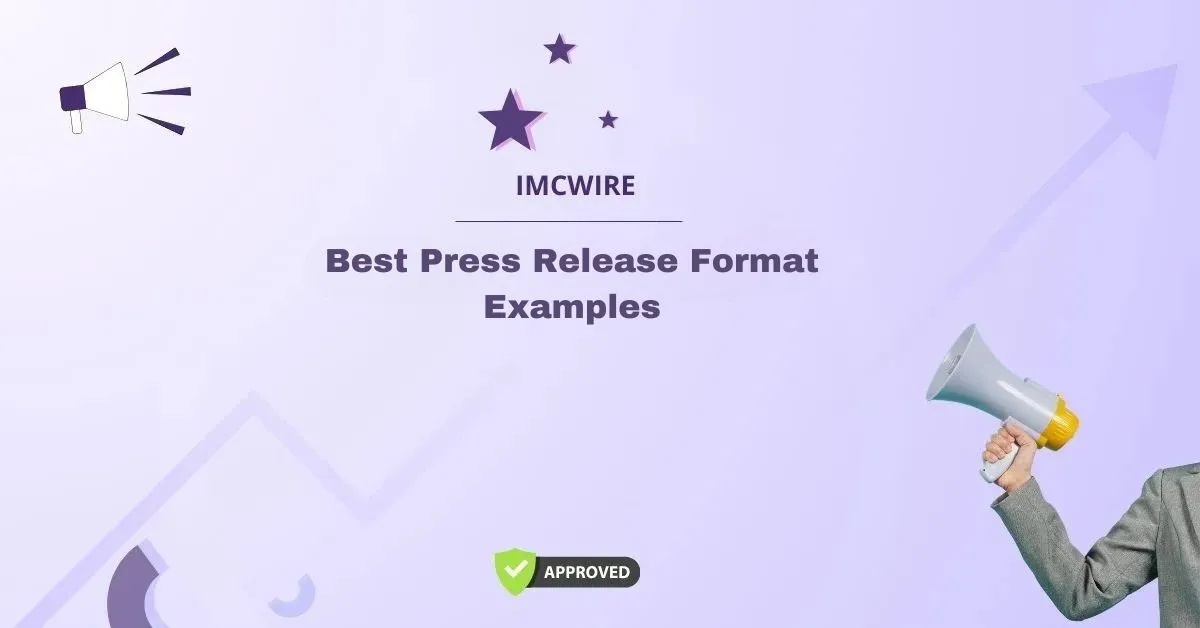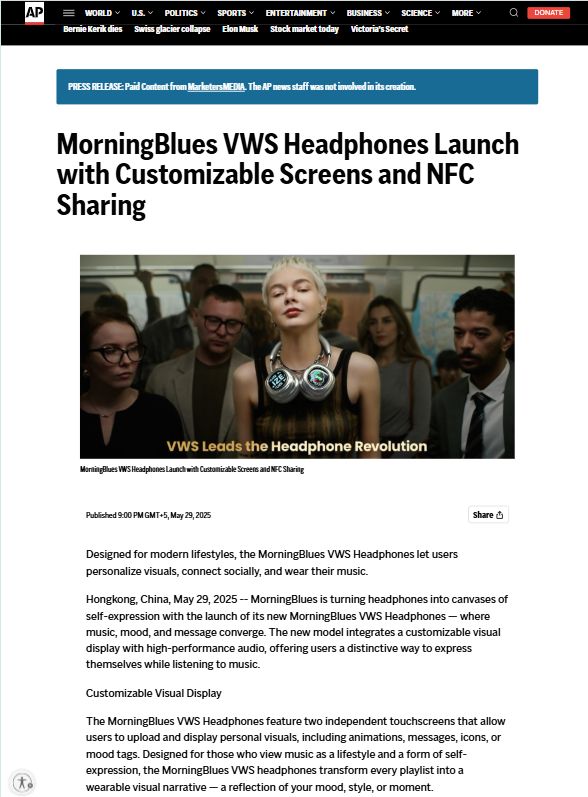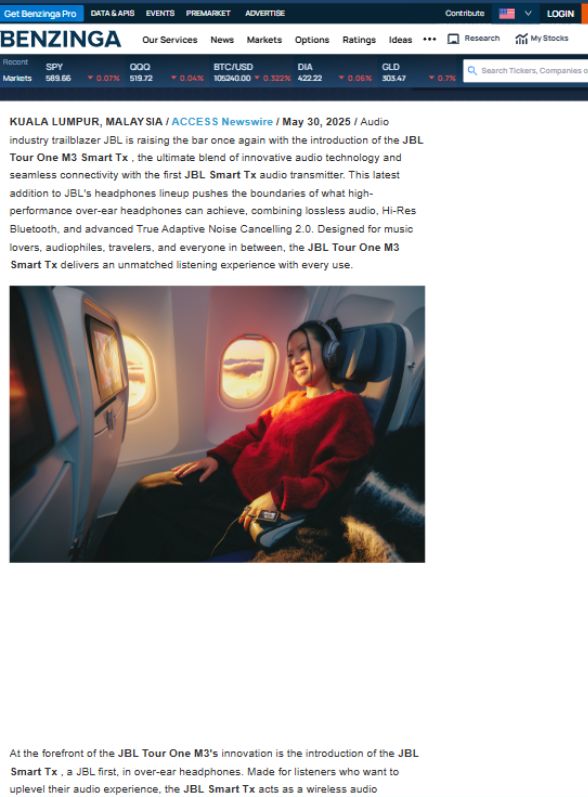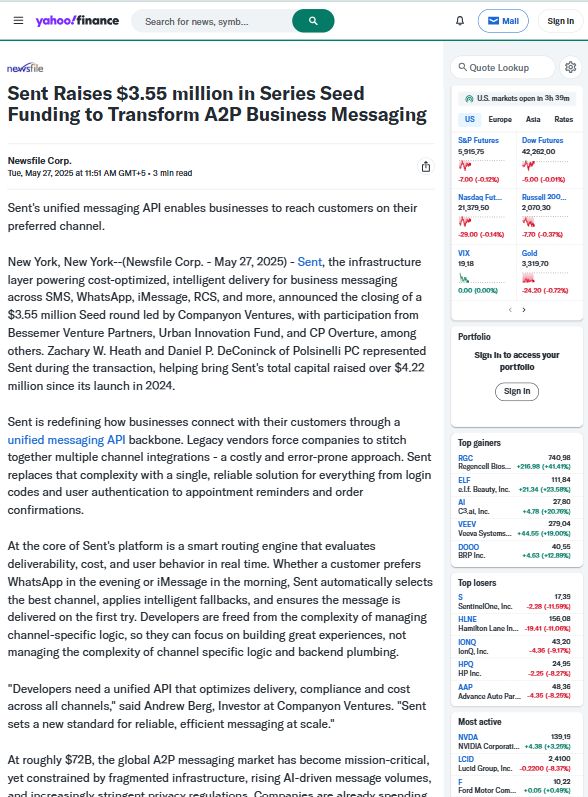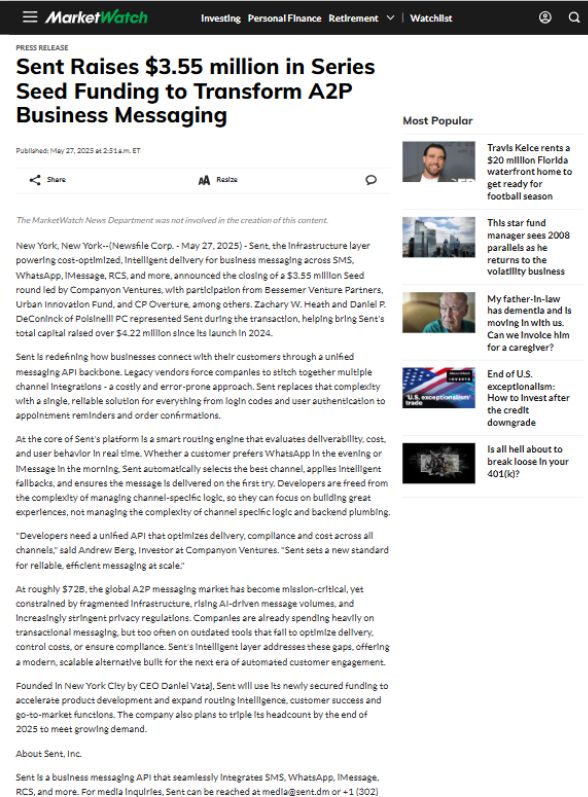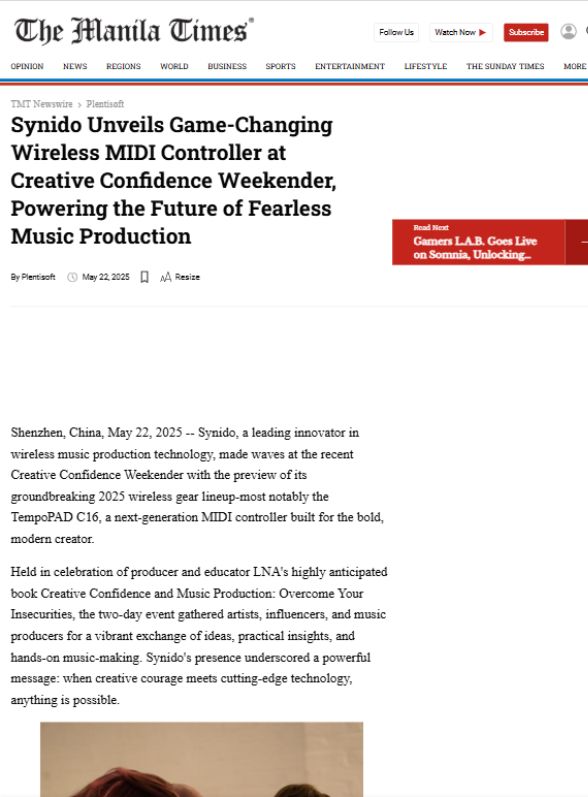In today’s dynamic business environment, the ability to communicate effectively with the media is a crucial skill for every executive. Whether it’s a television interview, a press conference, or a crisis communication scenario, knowing how to convey the right message can make or break an organization’s public image. This is where media training for executives becomes indispensable.
Media training is not merely about learning to speak in front of cameras; it’s about developing strategic communication skills that align with a company’s values, mission, and audience expectations. For executives, every word, gesture, and tone contributes to the perception of their leadership and the organization they represent.
Table of Contents
The Importance of Media Training for Executives
Executives are the face of their organizations. When they appear in front of the media, they are not just speaking for themselves—they are representing their brand, employees, and stakeholders. The media plays a significant role in shaping public perception, and one misstep can lead to reputational damage that takes years to repair.
Media training for executives helps bridge the gap between leadership and communication. It provides leaders with tools to handle interviews with confidence, answer difficult questions tactfully, and deliver key messages with clarity. The training focuses on body language, vocal tone, message framing, and maintaining composure under pressure.
A well-trained executive can turn media opportunities into powerful branding moments. With proper training, they can project credibility, authenticity, and authority—qualities that inspire trust among audiences.
Key Components of Effective Media Training
Understanding the Media Landscape
Executives must first understand how the media operates. This includes recognizing different media formats—television, print, online, and social media—and how each requires a tailored communication style. Media training helps executives grasp what journalists look for, how stories are framed, and what makes a statement newsworthy.
Message Development
One of the most critical aspects of media training for executives is message development. This involves crafting concise, impactful talking points that align with the organization’s goals. Executives learn how to emphasize the company’s strengths, address potential criticisms, and stay on message, even when faced with challenging questions.
Handling Difficult Questions
Interviews can be unpredictable. A journalist may ask unexpected or uncomfortable questions. Through media training, executives learn techniques to navigate these situations gracefully. They are taught how to bridge from negative or irrelevant questions back to their key points without appearing evasive or defensive.
Non-Verbal Communication
Body language speaks volumes. Eye contact, facial expressions, and hand gestures all influence how messages are received. Media training helps executives become aware of their non-verbal cues and how to use them effectively to reinforce verbal communication.
Managing Media Crises
In moments of crisis, the pressure on executives intensifies. Public scrutiny can escalate quickly, especially in the age of digital media. Media training prepares leaders to communicate calmly and transparently during crises, ensuring that their statements mitigate risks rather than amplify them.
The Strategic Role of Media Training in Executive Leadership
Media training is not just a communication skill—it’s a leadership strategy. Executives who excel in media interactions enhance the credibility of their organization. They can articulate vision, address challenges, and engage stakeholders effectively.
Enhancing Brand Reputation
Every media appearance is an opportunity to strengthen the company’s image. When executives communicate confidently and authentically, they help build a positive reputation that resonates with customers, investors, and employees alike.
Building Trust with Stakeholders
Stakeholders look to company leaders for reassurance and clarity, especially during uncertain times. Effective communication fosters trust, and media training gives executives the confidence to convey sincerity and authority in their statements.
Positioning Executives as Thought Leaders
Media visibility positions executives as industry thought leaders. When leaders speak knowledgeably on relevant issues, they not only elevate their personal brand but also enhance the company’s authority within the sector.
IMCWire: Empowering Executives through Professional Media Training
IMCWire stands out as a leading platform that empowers business leaders to thrive in the public eye. With its expertise in media training for executives, IMCWire focuses on building confidence, refining communication skills, and ensuring executives represent their brands with professionalism.
The IMCWire training modules are designed to cater to the unique needs of senior executives, entrepreneurs, and spokespersons. Each program is tailored to enhance verbal and non-verbal communication, teach strategic message delivery, and provide practical media interaction simulations.
Through IMCWire, executives not only learn the technicalities of dealing with journalists but also gain the strategic insight required to handle real-world media challenges. This approach ensures that leaders are prepared for any media scenario—whether it’s a product launch, an earnings report, or a corporate crisis.
IMCWire’s goal is to help executives become confident communicators who can deliver their message with clarity and authenticity, ultimately strengthening both their personal image and corporate reputation.
Benefits of Media Training for Executives
Improved Confidence
Executives who undergo media training for executives gain significant confidence when interacting with journalists and audiences. They learn how to control nervousness, structure their thoughts, and maintain composure in high-pressure situations.
Enhanced Communication Clarity
Media training helps executives distill complex ideas into clear, compelling messages. This ability is crucial when addressing diverse audiences, from investors to customers.
Increased Media Readiness
Well-trained executives can quickly adapt to various media formats and platforms. Whether it’s a live broadcast or a written interview, they understand how to align their tone, message, and presentation style accordingly.
Greater Crisis Preparedness
Media crises are inevitable, but trained executives know how to respond swiftly and effectively. They can deliver transparent and reassuring messages that maintain public trust.
Strengthened Brand Identity
Through consistent and well-articulated media communication, executives reinforce the brand’s identity. They become ambassadors who embody the company’s mission and values.
How Media Training Supports Business Growth
Media visibility directly impacts brand awareness and customer engagement. When executives communicate effectively, they attract positive attention that can translate into increased market opportunities.
Generating Positive Publicity
A confident and articulate executive attracts favorable media coverage. This not only enhances personal credibility but also contributes to the organization’s positive public perception.
Strengthening Investor Relations
Investors pay close attention to how company leaders communicate. Transparent and professional media interactions instill confidence among stakeholders and potential investors.
Driving Customer Loyalty
Customers appreciate brands that communicate honestly and effectively. Executives who convey authenticity through media engagements help foster deeper customer loyalty.
Attracting Top Talent
An organization represented by confident leaders becomes an attractive place to work. Prospective employees are drawn to companies where executives are visible, communicative, and inspiring.
The Modern Need for Media Training
In the digital era, the media landscape is continuously evolving. Executives are now expected to handle not only traditional media but also social platforms and live digital interactions. Media training helps them master these diverse communication channels.
Executives who understand digital storytelling, online reputation management, and social media engagement can extend their influence beyond traditional outlets. This adaptability is essential for maintaining relevance and authority in a fast-paced world.
Integrating Media Training into Executive Development
Organizations are increasingly incorporating media training for executives into their leadership development programs. It complements other essential leadership skills, such as decision-making, emotional intelligence, and strategic thinking.
A comprehensive executive training program that includes media skills ensures leaders are not only strong decision-makers but also effective communicators who can represent their company with distinction.
Why Partner with IMCWire for Media Training
IMCWire has earned a strong reputation for delivering high-impact communication training. The platform combines expert coaching, real-world simulations, and personalized strategies to ensure executives excel in all types of media interactions.
By choosing IMCWire, businesses gain access to trainers who understand both the corporate world and the media environment. The programs are flexible, insightful, and results-driven—ideal for leaders seeking to elevate their communication game.
IMCWire’s media training also emphasizes practical outcomes. Executives leave with a deeper understanding of how to handle interviews, develop persuasive messaging, and engage audiences effectively. The result is not only improved media performance but also stronger leadership presence across all communication channels.
Conclusion
Media training for executives is no longer a luxury—it’s a necessity in today’s fast-paced, media-driven world. The ability to communicate effectively with journalists and the public determines how leaders and their organizations are perceived.
Through structured training, executives can master the art of clear, confident, and persuasive communication. They learn to turn every media interaction into an opportunity to strengthen their brand and leadership image.
IMCWire stands as a trusted partner in this journey, offering tailored media training for executives that equips leaders with the skills, confidence, and strategies needed to excel. By investing in media training through IMCWire, organizations can ensure their executives are always prepared to represent their brand with professionalism, credibility, and impact.
Media-savvy leadership not only enhances reputation but also drives long-term business success. With IMCWire’s guidance, today’s executives can become tomorrow’s most influential communicators—empowered, articulate, and ready to lead with clarity in every public interaction.

